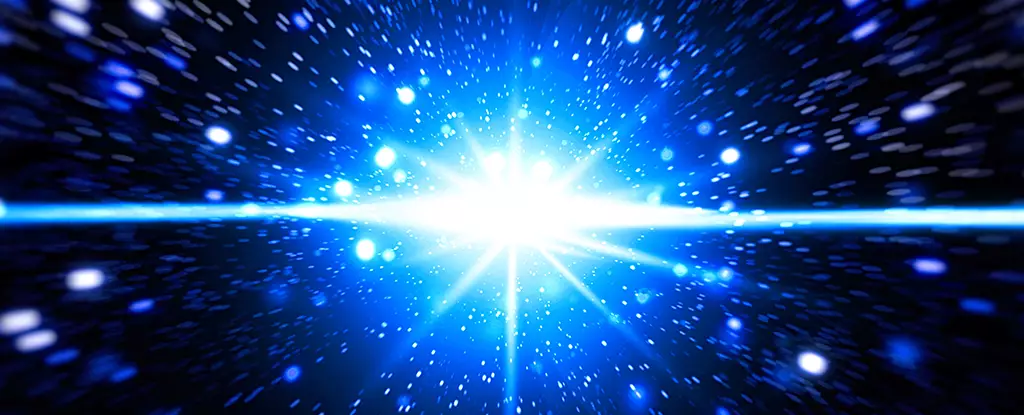Fast Radio Bursts (FRBs) have generated considerable interest within the astrophysical community, presenting a captivating mystery regarding their origins, characteristics, and potential implications for our understanding of the universe. These powerful radio emissions, which last only a few milliseconds, can achieve peak brightness levels that surpass anything else observed in the cosmos. While most FRBs are believed to originate beyond our Milky Way, the mechanisms at play behind these brief, enigmatic signals remain poorly understood. Recent studies have provided fresh insights, particularly focusing on the nature of neutron stars and their long-held associations with FRBs.
Initially, FRBs were thought to be linked to cataclysmic cosmic events like supernovae or the activity of young magnetars—extremely magnetized neutron stars. However, the discovery of repeating FRBs redefined the conversation. Unlike traditional models that suggested a singular, explosive trigger, the evidence of repeating signals indicates a more complex underlying mechanism. Observing several instances of an FRB from a companion observatory has allowed researchers to delve deeper into the phenomenon’s characteristics, shifting the focus towards both cosmological impacts and the peculiar environments in which these bursts occur.
A key breakthrough in FRB research came from the observation of a repeating FRB that emanated from an ancient galaxy over 11 billion years old. This revelation was startling; conventionally, neutron stars are thought to be the remnants of massive stars that explode as supernovae. Given the relatively short life cycle of such massive stars, the prevailing assumption had been that FRBs would predominantly originate from younger stars in active galactic areas. However, this newly observed FRB challenges traditional views by suggesting an unexpected longevity of neutron stars and their ability to generate radio bursts even billions of years after their formation.
The implications of this unexpected finding potentially reshape the astrophysical understanding of neutron star activity. Previously, it was assumed that as neutron stars aged, they would cool and cease generating significant energy. The observation of FRBs from older sources implies a varied and possibly uncharted lifecycle for neutron stars, ushering in discussions about how astrophysical processes evolve in long-living stellar remnants.
One noteworthy hypothesis stemming from this research posits that the FRB’s origin might not solely be within the galactic edge but possibly from a dense globular cluster adjacent to the galaxy. These clusters are known to experience a high frequency of stellar mergers—events that are excellent candidates for the violent interactions needed to generate FRBs. The merging of magnetars, for instance, could produce significant alterations in magnetic fields, leading to bursts of radio energy upon realignment.
The possibility that globular clusters could serve as fertile ground for FRB activity introduces a compelling layer to the investigation. Given the dense environment and frequent stellar interactions, these clusters could very well host the necessary conditions for FRB generation.
The evolving narrative surrounding FRBs has broad implications not just for our understanding of neutron stars, magnetars, and the regions of galaxies in which they exist, but also for the way we interpret cosmic events at large. The variety of scenarios in which FRBs can arise underscores the need for more comprehensive observational strategies aimed at further elucidating these perplexing bursts.
As ongoing and future observations continue to challenge existing theories about FRBs, the scientific community is poised for a paradigm shift that may redefine what we know about neutron stars and the cosmic phenomena they produce. In a universe where understanding is continually evolving, the enigma of FRBs serves as a poignant reminder that our grasp of astrophysics is both exciting and continually subject to revision.



Leave a Reply